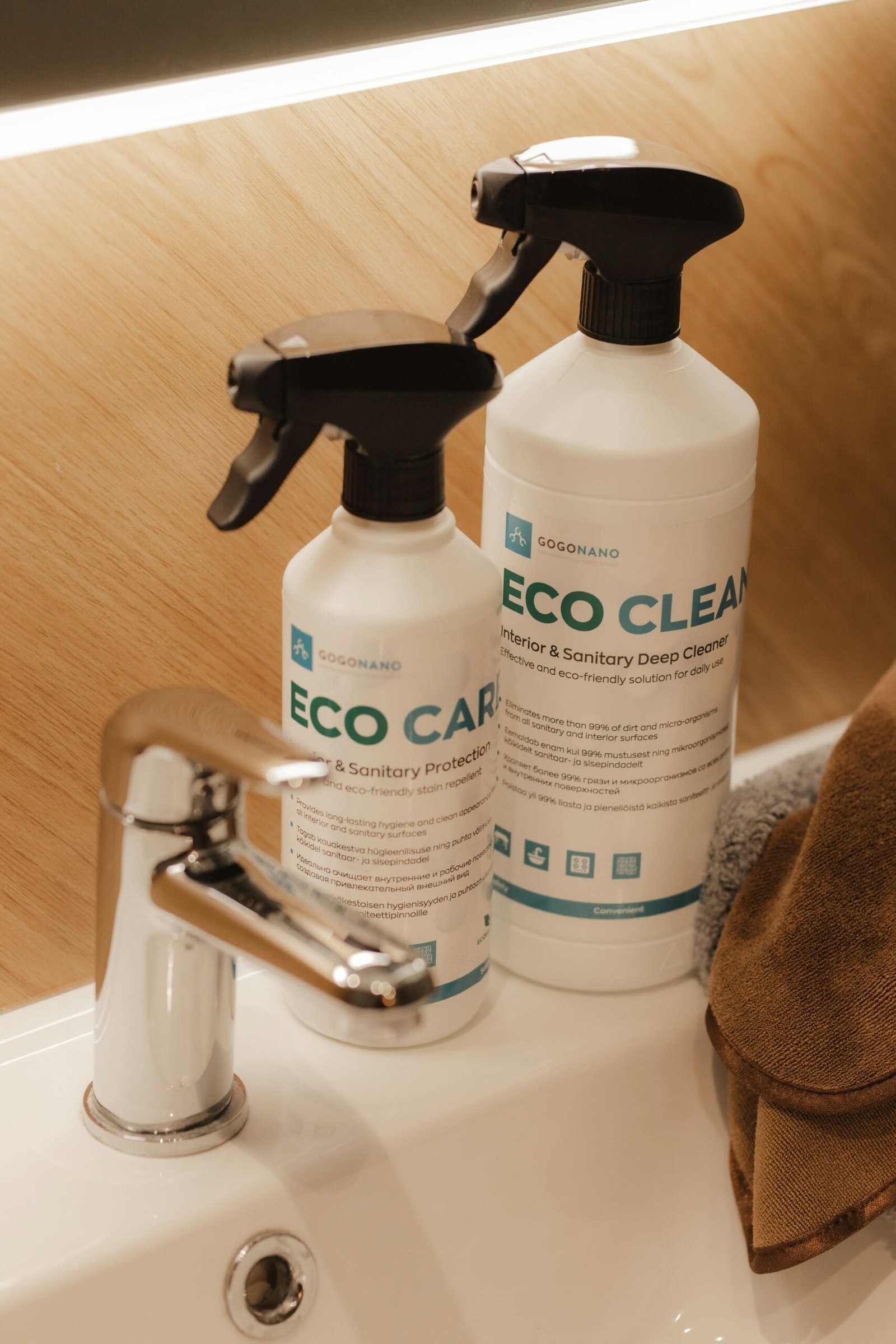Planning a Tub-to-Shower Conversion: Ideas for a More Functional Bathroom
If you’re looking to maximize the functionality of your bathroom and save space, converting your tub into a shower is a great option. Not only does it open up the room, but it also provides a more practical and convenient bathing experience. In this article, we will explore some ideas and considerations to keep in mind when planning a tub-to-shower conversion.

Please, read our post and do not forget to check our YouTube channel “Grig Stamate”:
https://www.youtube.com/@GrigStamate
You will find there, thousands of designing, furnishing, and decorating ideas for your home interior and outdoors.
Allow me to mention one of them:
If You Dream to an EXCLUSIVE BATHROOM – take a closer look here (video)
The size and layout of your bathroom
One of the first things to consider when planning a tub-to-shower conversion is the size and layout of your bathroom. Take measurements of the existing tub area and determine if there is enough space to accommodate a shower. Keep in mind that a shower typically requires less space than a tub, so you may be able to gain some extra square footage by making the switch.
The type of shower you want to install
Next, think about the type of shower you want to install. There are several options to choose from, including walk-in showers, corner showers, and alcove showers. Walk-in showers are popular for their accessibility and sleek design, while corner showers are a great choice for smaller bathrooms. Alcove showers, on the other hand, are enclosed on three sides and can be a good option if you prefer a more traditional look.
The materials you want to use
Consider the materials you want to use for your shower walls and floor. Tile is a popular choice for its durability and versatility. It comes in a wide range of colors and patterns, allowing you to create a custom look that matches your personal style. Alternatively, you could opt for a pre-fabricated shower unit, which is quick and easy to install.
The shower fixtures.
Another important consideration is the shower fixtures. Think about whether you want a standard showerhead, a rain showerhead, or a combination of both. You may also want to consider adding a handheld showerhead for added convenience. Don’t forget to think about the type of shower door or curtain you want to use, as this can have a big impact on the overall look and functionality of your new shower.
The practical aspects of your tub-to-shower conversion
Lastly, don’t forget about the practical aspects of your tub-to-shower conversion. Think about adding built-in storage options, such as recessed shelves or niches, to keep your shower essentials organized and easily accessible. Consider installing grab bars for added safety, especially if you have elderly or disabled family members. And don’t forget to think about proper ventilation to prevent moisture buildup and potential mold issues.
In conclusion, converting your tub into a shower can greatly enhance the functionality and aesthetic appeal of your bathroom. By carefully considering the size, layout, type of shower, materials, fixtures, and practical aspects, you can create a custom shower that meets your specific needs and preferences. So go ahead and start planning your tub-to-shower conversion today!
1. Assess Your Needs and Space
Before diving into the conversion process, take some time to assess your needs and the available space in your bathroom. Consider who will be using the shower and what features are important to you. Are you looking for a simple and minimalist design, or do you prefer a more luxurious and spa-like experience? Understanding your needs will help guide your decision-making process.
Additionally, take measurements of your bathroom to determine the size and layout of the shower that will best fit the space. Consider any existing plumbing and electrical connections that may need to be adjusted or relocated.
3. Consider Accessibility Features
When planning a tub-to-shower conversion, it’s important to consider accessibility features, especially if you have elderly family members or individuals with mobility issues in your household. Installing grab bars, non-slip flooring, and a bench or seat in the shower can greatly enhance safety and accessibility.
Additionally, consider the height of the showerhead and the placement of controls. Adjustable showerheads and thermostatic controls can make showering more comfortable for people of different heights and abilities.
Another important aspect to consider is the width of the shower entrance. A wider entrance can accommodate individuals who use mobility aids such as walkers or wheelchairs. It is also essential to ensure that the entrance is level with the bathroom floor to prevent tripping hazards.
Furthermore, incorporating a curbless shower design can further enhance accessibility. A curbless shower eliminates the need to step over a raised threshold, making it easier for individuals with limited mobility to enter and exit the shower safely.
In addition to these physical features, it’s also worth considering the accessibility of shower controls. Opting for lever-style handles rather than knobs can make it easier for individuals with arthritis or limited hand dexterity to adjust the water temperature and flow.
Lighting is another important consideration when it comes to accessibility. Adequate lighting in the shower area is crucial for individuals with visual impairments or those who may have difficulty seeing in low-light conditions. Installing bright, well-placed lighting fixtures can improve visibility and reduce the risk of accidents.
Lastly, it’s important to consult with a professional who specializes in accessible design when planning your tub-to-shower conversion. They can provide expert advice and recommend specific features and modifications that will best suit the needs of your household.
4. Think About Storage Solutions
One potential challenge when converting a tub into a shower is the loss of storage space. Traditional bathtubs often have built-in shelves or alcoves for storing bath products, which may not be present in a shower. However, there are several creative storage solutions you can consider.
Installing recessed shelves or niches in the shower walls can provide a convenient place to store shampoo, soap, and other shower essentials. These shelves can be strategically placed at different heights to accommodate the needs of all family members. Additionally, you can choose from a variety of materials and finishes to match the overall aesthetic of your bathroom.
In addition to recessed shelves, you can also explore other storage options such as shower caddies. These caddies can be hung over the showerhead or attached to the shower door, providing a practical solution for keeping your shower products organized and within reach. Look for caddies with adjustable shelves or compartments to cater to your specific storage needs.
If you prefer a more minimalist approach, you can consider installing wall-mounted hooks or racks. These can be used to hang towels, robes, or even shower baskets for storing smaller items. Wall-mounted storage solutions not only save space but also add a decorative element to your bathroom.
Another option to maximize storage in your shower is to invest in a shower bench with built-in storage. These benches not only provide a comfortable seating area but also offer hidden compartments underneath for storing towels, bathrobes, or extra toiletries.
Lastly, don’t forget to utilize the space outside the shower area. Consider adding a freestanding shelving unit or a wall-mounted cabinet near the shower to store additional bath products or towels.
By carefully considering these storage solutions, you can ensure that the conversion of your tub into a shower doesn’t compromise on functionality or convenience. With the right storage options in place, your new shower can be both stylish and practical.
5. Pay Attention to Ventilation
Proper ventilation is crucial in any bathroom, but it becomes even more important when converting a tub into a shower. Showers produce steam and moisture, which can lead to mold and mildew growth if not properly ventilated.
Make sure your bathroom has a functioning exhaust fan or consider installing one if it’s not already present. An exhaust fan will help remove excess moisture from the air and prevent damage to your walls and ceiling.
In addition to an exhaust fan, you may also want to consider other ventilation options to ensure optimal air circulation in your bathroom. One option is to install a window that can be opened to allow fresh air in and stale air out. This can be particularly beneficial if your bathroom is located on an outside wall.
Another option is to install a vent in the ceiling that leads directly outside. This type of vent, known as a roof vent or a ridge vent, can effectively remove steam and moisture from your bathroom, preventing it from spreading to other areas of your home.
Furthermore, you can also consider using a dehumidifier in your bathroom. A dehumidifier works by removing excess moisture from the air, helping to prevent mold and mildew growth. This can be especially useful if your bathroom doesn’t have a window or if the existing ventilation system is not sufficient.
Remember, proper ventilation is not only important for maintaining the structural integrity of your bathroom but also for your health. Excessive moisture in the air can create an environment that is conducive to the growth of bacteria and mold, which can lead to respiratory issues and other health problems.
By paying attention to ventilation and implementing the necessary measures, you can ensure that your bathroom remains clean, dry, and free from any potential damage caused by moisture.
Furthermore, hiring a professional contractor for a tub-to-shower conversion can save you time and money in the long run. They have access to a network of suppliers and can often get materials at a discounted price. Additionally, they have the tools and equipment necessary to complete the job quickly and efficiently, reducing the risk of costly mistakes or delays.
Another advantage of hiring a professional contractor is that they are familiar with building codes and regulations. They will ensure that the conversion meets all safety standards and obtain any necessary permits. This can give you peace of mind knowing that the project is being done legally and up to code.
Working with a professional contractor also means that you have someone to rely on if any issues or complications arise during the conversion process. They will have the knowledge and experience to troubleshoot and find solutions, minimizing any disruptions to your daily life.
Furthermore, a professional contractor will provide you with a detailed contract that outlines the scope of work, timeline, and cost of the project. This contract protects both parties and ensures that everyone is on the same page. It also provides transparency and accountability, so you know exactly what to expect throughout the conversion process.
Lastly, hiring a professional contractor for a tub-to-shower conversion allows you to tap into their expertise and creativity. They can offer design suggestions and ideas that you may not have considered, helping you create a functional and aesthetically pleasing shower space that suits your needs and style.
In conclusion, while a tub-to-shower conversion may seem like a simple project, it is best to hire a professional contractor to ensure a successful outcome. Their expertise, access to resources, knowledge of building codes, and ability to troubleshoot will save you time, money, and stress. So, before embarking on this home improvement project, do your research and find a reputable contractor who can turn your vision into reality.
7. Set a Realistic Budget
Before starting any renovation project, it’s important to set a realistic budget. Converting a tub into a shower can range in cost depending on the complexity of the project and the materials used.
Take the time to research and gather quotes from different contractors to get an idea of the overall cost. Don’t forget to factor in any additional expenses, such as permits or unexpected repairs that may arise during the renovation process.
When setting your budget, it’s essential to be thorough and consider all aspects of the project. Start by determining the scope of work you want to accomplish. Are you simply replacing the tub with a shower, or are you planning to reconfigure the entire bathroom layout? The more extensive the changes, the higher the cost will likely be.
Next, consider the materials you want to use. There are various options available, from basic acrylic and fiberglass showers to high-end custom tile showers. Each material comes with its own price tag, so make sure to research and compare prices to find the best fit for your budget.
In addition to the materials, you’ll need to account for labor costs. Hiring a professional contractor is crucial for a successful tub-to-shower conversion, as they have the expertise and experience to handle the project efficiently. However, their services come at a price. Obtain multiple quotes from reputable contractors and compare their prices, but also consider their reputation, past work, and customer reviews. Remember, the cheapest option may not always be the best choice.
It’s also important to factor in any additional expenses that may arise during the renovation process. For example, you may need to obtain permits from your local building department, which can add to the overall cost. Additionally, unforeseen issues, such as plumbing or electrical problems, may require repairs that were not initially planned for. Having a contingency fund in your budget will help you handle these unexpected expenses without derailing the project.
By setting a realistic budget and considering all the factors involved in a tub-to-shower conversion, you can ensure that your project stays on track financially. Remember to prioritize quality and durability over cost alone, as investing in high-quality materials and professional labor will result in a long-lasting and functional shower that adds value to your home.
Other related posts from our website:
https://howtobuildahouseblog.com/how-to-re-caulk-a-shower-or-a-bathtub/
https://howtobuildahouseblog.com/bathroom-remodeling-and-improvement-corner-bathtubs/
https://howtobuildahouseblog.com/turn-your-bathroom-into-a-spa-with-the-new-bathtubs/
Thank you so much for your attention.
Stay tuned. We will upload many other amazing posts to our website and videos onto our YouTube channel.
Thank you so much.
for your time and attention.
Best Regards
See you to another post,
Bye, Bye



No Responses